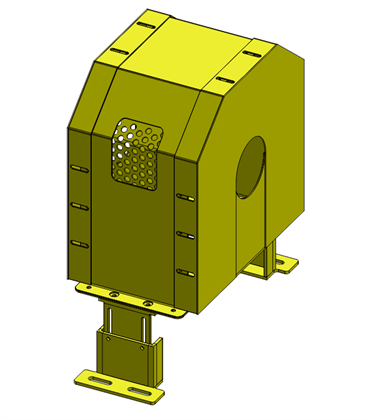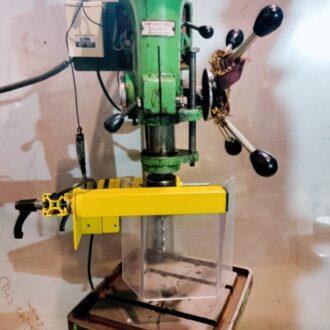
Purpose: The primary purpose of a chain belt drive guard is to prevent accidental contact with the moving parts of the drive system, including the chain, sprockets, belts, and pulleys. These components can pose a significant hazard to personnel if not properly guarded, as they are capable of causing entanglement, pinching, or crushing injuries.
Construction: Chain belt drive guards are typically constructed of durable materials such as metal or heavy-duty plastic. They are designed to fully enclose the drive system, providing a physical barrier between the moving parts and personnel working in the vicinity. The guards may feature openings or ventilation slots to allow for cooling airflow while still preventing access to the rotating components.
Design Features: Chain belt drive guards come in various designs and configurations to accommodate different types of drive systems and applications. They may be hinged or removable to facilitate installation, maintenance, and inspection of the drive components. Some guards may also include transparent viewing windows or inspection ports to allow operators to visually check the drive system without removing the guard.
Mounting: Drive guards are securely mounted to the equipment or machinery housing, ensuring they remain in place during operation. Proper mounting is essential to prevent the guard from becoming dislodged or damaged, which could compromise its effectiveness in protecting personnel.
Compliance: Chain belt drive guards should comply with relevant safety standards and regulations, such as those established by organizations like OSHA (Occupational Safety and Health Administration) or ANSI (American National Standards Institute). Compliance ensures that the guards provide adequate protection for personnel and meet industry safety requirements.
Maintenance: Regular inspection and maintenance of chain belt drive guards are necessary to ensure they remain in good working condition. This includes checking for signs of damage, corrosion, or wear and addressing any issues promptly to maintain the guard's effectiveness in preventing accidents and injuries.
You Might Like Also

pump coupling safety guard

bench grinder machine safety guard

Lathe machine safety guard

safety guards

drilling machine safety guard















